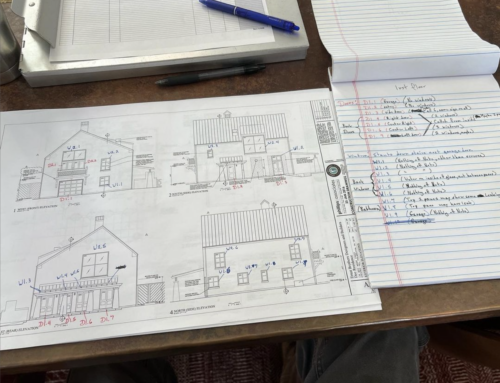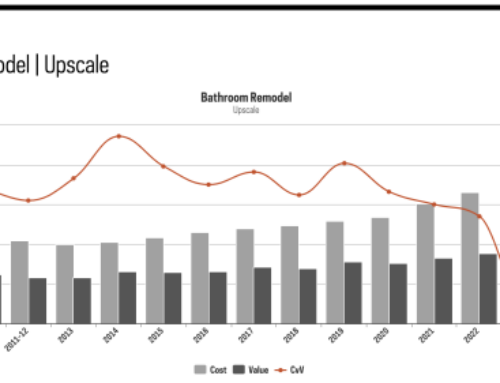Choosing a Contractor: The Inside Scoop
At our company, I field all the sales calls. This means I spend time on the phone with potential customers. This is where I learn about the projects they’re interested in. I ask a lot of questions. I ask about their intended project, problems or issues they might be having with their homes. I get general information from callers too, like address and contact information, age and condition of their home. I ask about their budget. Knowing that callers have a reasonable assumption about costs is important because without that, it’s going to be hard to help them. I will also ask if they have worked with another Design to Build general contractor before. I learn a lot about other construction companies and what ticks homeowners off about them from this part of my conversation.
Unless a homeowner has had a larger project like a kitchen, an addition or even a new home built, most homeowners have not worked with either a design/build general contractor, a professional designer or a mature construction business like ours. If they had done so and had a great experience, chances are they would not be calling our company. They would call back the other pros they worked with before!
Here are some of the most common complaints I hear:
Project Design — Most of the time, the project designs from design pros will exceed the build budget. This is because many designers and architects do not know what it costs a professional company to build a project. Homeowners get upset with design times that take a long time to complete or cost too large a chunk of your build budget. Design to Build™ is the best way to go if you want a design that fits your build budget.
Size/Diversity — Some larger construction companies and design/build companies may be too large or too diverse in the types of projects they do to serve the homeowner seeking a home renovation well. Typical symptoms of their bad service are:
There is no single person at that company the homeowners can call and talk to when they have questions.
The various departments of that large company do not communicate well within the company. That leaves the homeowners in limbo and usually THEY do much of the telephone tag trying to get answers and results.
Excessive staff turnover. They will typically hire when they are busy and lay off staff when work slows down. These changes can happen with changes of the seasons or when the company has cash flow problems. If this happens in the middle of your renovation, you won’t know who is running your project. In fact, it might be the case that no one is.
On the other hand, some construction services might be too small to serve you well. Possible problems from working with a small company:
They have no design staff, no office staff, no method of organizing your project.
They have a hard time keeping staff or subs on your project.
There are periods of time when the project will stall because of shorthanded staffing or poor financial management in their office, if they even have an office. Many small guys have their “office” in the passenger seat of their pick up truck.
If the owner of the company is swinging the hammers, managing the paperwork and selling the next jobs, they may not have enough hours in the day to do any part of their work very well. Typically, these smaller companies might be fine for small projects in the home, but larger projects will be hard for them to manage well.
Their projects will take too long, and possibly not get finished at all.
Phone calls are not returned.
Contractors like these can disappear altogether. That’s because a small contractor may not know his costs and won’t price the job correctly. He finds he is losing money on your project, so he bails.
When choosing a contractor for your next project, make sure they have a seasoned staff on board and find out exactly who is going to be on site running your job and answering your questions. Ask for referrals and check them. Choose a firm that you believe will give you a well-designed project, on budget and on schedule, using an organized process along the way. This will help your project flow from start to finish with minimal stress.





